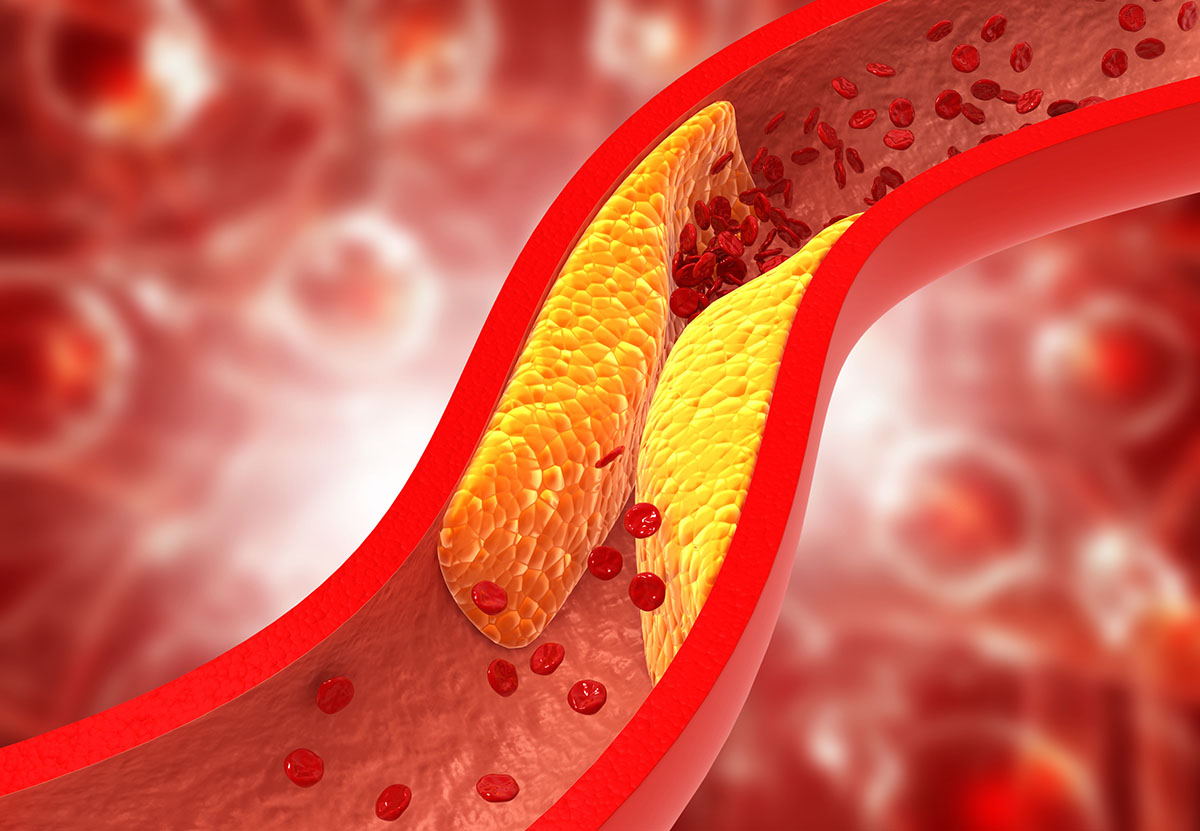Groundbreaking Discovery Unveils Potential Atherosclerosis Treatment
In a remarkable breakthrough, researchers have uncovered a startling connection between atherosclerosis and cancer-like traits within the smooth muscle cells lining arterial walls. Supported by the National Institutes of Health (NIH), this discovery holds promise for revolutionizing atherosclerosis treatment strategies.
Unveiling the Connection
Ahmed Hasan, M.D., Ph.D., program director in the Division of Cardiovascular Sciences at the National Heart, Lung, and Blood Institute, asserts, “This discovery opens up a whole new dimension for our understanding about therapeutic strategies for the prevention and treatment of atherosclerosis.” The research, blending molecular techniques in mouse models and human tissue samples, unraveled the mechanisms driving the transition of smooth muscle cells into cancer-like variants.
The Cancer-Atherosclerosis Nexus
The study uncovered elevated levels of DNA damage and genomic instability – characteristic features of cancer – within the converted smooth muscle cells of atherosclerotic plaques. Notably, cancer-associated genes surged in activity during this transition. Moreover, leveraging a mouse model expressing a recognized cancer mutation expedited this reprogramming, exacerbating atherosclerosis.
A Promising Intervention
Huize Pan, Ph.D., assistant professor of medicine at Vanderbilt University Medical Center, revealed, “In fact, we saw that niraparib actually shrinks the atherosclerotic plaques in mice.” Niraparib, an anti-cancer drug targeting DNA damage, showcased potential in preventing and treating atherosclerosis in murine models.
Implications and Future Directions
Muredach Reilly, M.D., professor of Medicine at Columbia University, emphasized the significance of understanding the molecular underpinnings driving smooth muscle cell transition. Disrupting tumor-like pathways could alter cell behavior, thereby impeding or decelerating atherosclerosis progression.
Funding
This groundbreaking study received support from various NHLBI grants, including K99HL153939, R00HL153939, R01HL166916















































